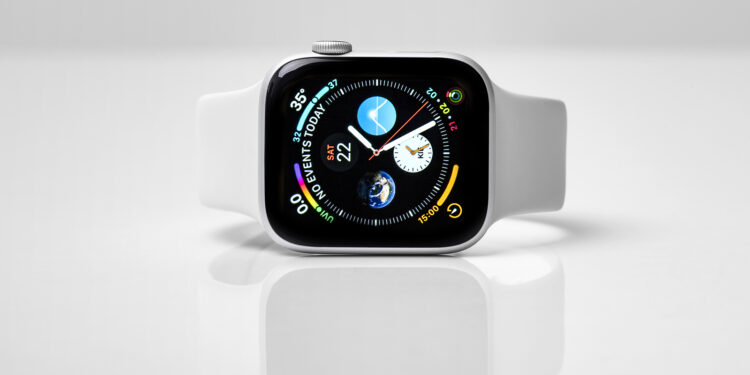In the world of wearables, the Apple Watch is already a symbol of style, technology and practicality. With each new version, Apple pushes the boundaries of what is possible to offer its users even more innovations and improved features. But what could make the next generation of Apple Watch even more attractive? The answer may lie in the use of a new, more power-efficient OLED display technology.
Before we delve into the technical details and potential impact of this innovation, let's pause for a moment to appreciate the importance of the Apple Watch in our everyday lives. As a constant companion on our wrist, it has revolutionized the way we think about fitness, health and connectivity. The introduction of more energy-efficient display technology could enhance this role even further by extending the usage time between charges.
Apple Watch Series 10 and the new OLED panel technology
one report According to Korea-based research, Apple plans to use a new OLED panel technology in the next generation of Apple Watch. This technology, which is based on thin-film transistors (TFT) with low-temperature polycrystalline oxide (LPTO), promises a significant reduction in the power consumption of the always-on display.
Technical Background
LPTO-TFT technology uses oxide in the TFT driver layer and the switching transistors behind each pixel. This allows for precise control of the amount of light that passes through each pixel. Compared to existing OLED displays in the Apple Watch, which primarily use LTPS technology, LPTO-OLED technology offers lower leakage current and more stable operation at low refresh rates. The result is significant energy savings.
challenges and market development
Despite the advantages, the new technology makes the manufacturing of TFT substrates more complex. LG Display and Samsung are leading the development and implementation of this technology, with the latter company specifically set to be integrated into Apple's LPTO-OLED supply chain for next year.
Potential Impacts
The application of LPTO OLED technology could go far beyond the Apple Watch. Speculation suggests that Apple could extend this technology to other products, including the iPhone. While the current iPhone 15 and iPhone 15 Plus still use LTPS panels, next year's iPhone 17 models could also use LPTO technology. This would lead to consistent use of ProMotion and always-on displays across the entire product range.
Promising display technologies: The next Apple Watch generation
The introduction of a more power-efficient OLED display technology in the next Apple Watch would be more than just a technical upgrade. It's a step towards more sustainable technologies that can extend the lifespan of our devices while improving their performance. With companies like LG Display and Samsung at the forefront of development, it's exciting to see how this technology will shape the future of wearables and potentially other Apple products. Stay tuned, as the next generation Apple Watch promises to be another huge leap forward in the world of technology. (Photo by Denis Rozhnovsky / Bigstockphoto)
- Force restart your Apple Watch – here's how
- Unpair and delete Apple Watch – here's how
- watchOS 11 Rumor: No Support for Apple Watch Series 4?





